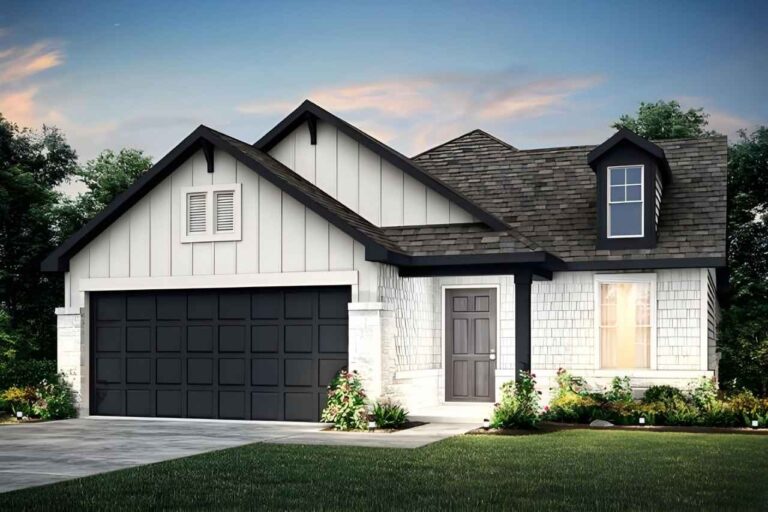Texas housing markets in 2025 have undergone a transformation that reshaped buying and selling dynamics.
Price shifts, interest rate movements, and a surge in inventory created new conditions for both homeowners and investors.
The purpose of our report is to evaluate Q4 2025 trends while providing a forward-looking perspective on what 2026 might bring.
Key factors, including mortgage costs, affordability concerns, and regional differences, set the foundation for an evolving market cycle that is shifting in favor of buyers over sellers.
Current Market Snapshot (Q4 2025)
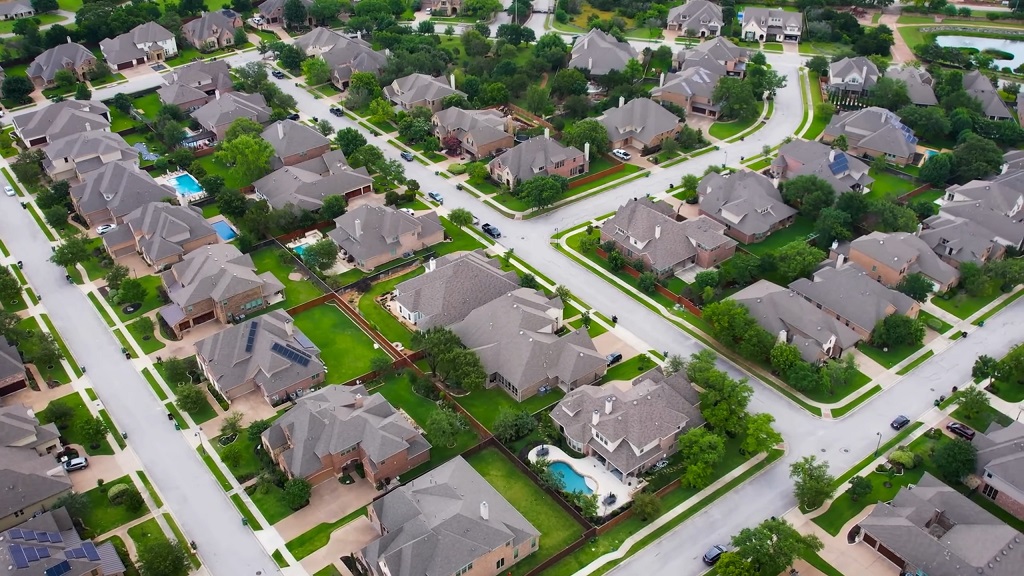
Home sales showed almost no improvement compared to the prior year, with just a 0.1% uptick.
Median prices slipped by 1.4%, settling near $340,000, marking a cooling phase after strong growth cycles of previous years.
Inventory levels increased by almost 30% compared to 2024, leading to more homes sitting unsold for longer periods.
Days on market climbed by 23.1%, creating challenges for sellers who must now wait extended periods before closing.
Price cuts became a common tool, with reductions climbing 16.2% as sellers adjusted to a changing pool of buyers.
Key metrics in Q4 2025:
- Home sales: +0.1% year-over-year
- Median price: $340,000 (down 1.4%)
- Inventory growth: +29.8%Days on market: +23.1%
- Price cuts: +16.2%
Regional Breakdowns
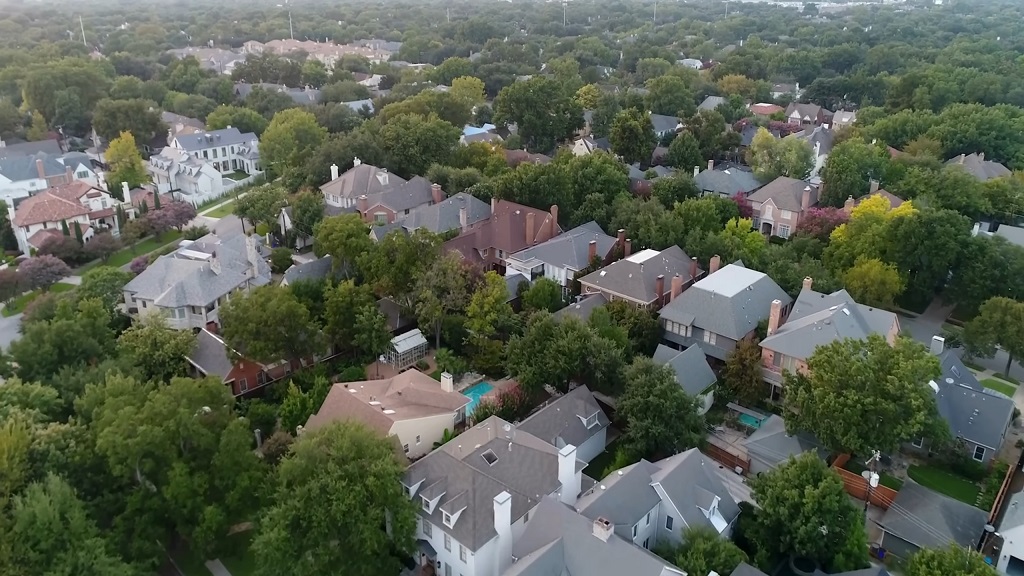
Austin continued its market correction, dropping 3.0% in its home price index and remaining 17% lower than the 2022 peak.
Dallas-Fort Worth extended its slide, marking three straight months of price declines.
Houston offered more stability, rising by 2.0% compared to the prior year and ranking as the strongest metro performer.
San Antonio posted a slight 0.4% decline, but high levels of seller concessions became a defining element of its activity.
Regional highlights:
- Austin: -3.0% home price index, 17% below 2022 peak
- Dallas-Fort Worth: three months of steady declines
- Houston: +2.0% year-over-year growth
- San Antonio: -0.4% with elevated concessions
Investment Trends & Opportunities
Suburban build-to-rent communities attracted heightened interest from investors.
High mortgage rates combined with evolving remote work preferences kept rental demand elevated.
Institutional investors as well as smaller-scale players continued channeling capital into this space as a means to generate steady returns.
Strong Rental Demand
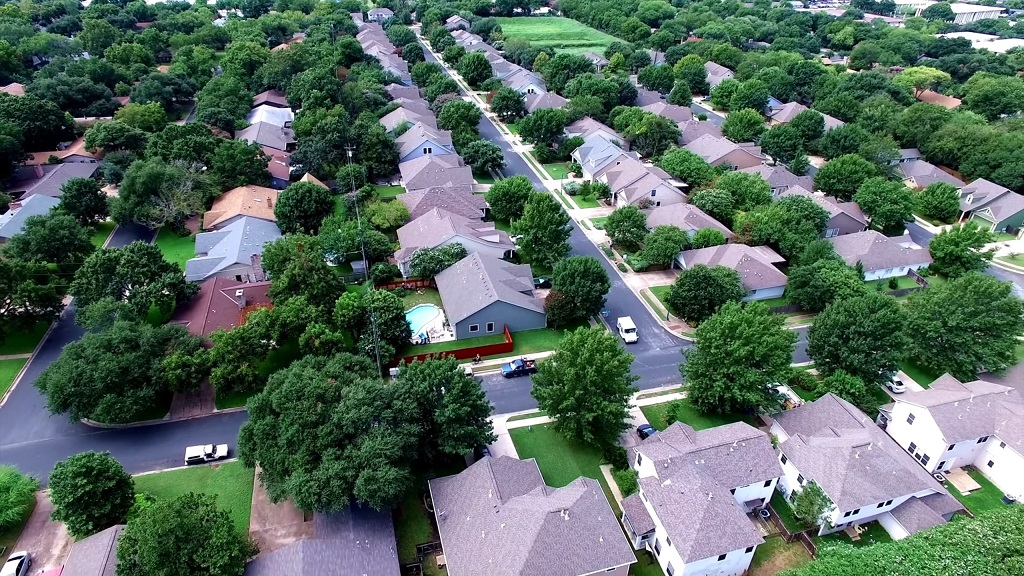
Rental demand across Texas provided an environment of stability for investors.
Rent increases are projected at 2% to 3% annually, which is modest compared to earlier cycles but still sufficient to draw long-term investors.
Single-family rentals are expected to outperform multifamily units in both yield and appreciation, securing stronger positions for those holding houses rather than apartment complexes.
Investment performance expectations:
- Rental growth: 2% to 3%
- Single-family rentals: stronger yields, higher appreciation
- Multifamily: lagging compared to suburban housing
Regional Investment Outlook
Opportunities across Texas differ by location.
Houston suburbs, Amarillo, and Tyler offer more balanced market activity with sustainable trajectories.
Urban centers such as Austin and Dallas pose a higher risk unless properties can be secured at discounted levels.
Long-term investors must assess timing, location, and financing strategies before making moves.
Maintaining property value through upkeep remains crucial, and professional services such as expert roof cleaning services in Tyler, TX, help sustain rental yields and resale prospects.
Shifting to a Buyer’s Market

Higher supply stripped sellers of negotiating power.
More homes available meant buyers gained significant leverage during deal-making.
New listings often exceeded closed sales, leaving excess inventory in circulation.
Sellers attempted to attract buyers through incentives like closing cost coverage, appliance packages, or flexible move-in dates.
Indicators of buyer strength:
- Excess inventory relative to closed sales
- Increased seller concessions
- Rising use of incentives to generate offers
The Role of Interest Rates
Mortgage rates hovered above 6.5% during Q4 2025, leaving affordability as a top concern.
Higher monthly payments placed stress on budgets, discouraging many buyers.
Fatigue built up among households, postponing purchases in anticipation of possible future cuts.
Policymakers delayed adjustments due to inflation concerns, which added further pressure.
Adjustable-rate mortgages began attracting more borrowers as families sought lower initial payments compared to traditional fixed options.
Key rate impacts:
- Rates: above 6.5% in Q4 2025
- Affordability strain: higher monthly payments
- Buyer fatigue: evident across metros
- ARMs: increasing in popularity as affordability tool
Outlook for 2026
Market conditions in Texas are shaping up for a period of slower momentum compared to national averages.
Buyers, sellers, and investors will need to adapt to persistent affordability constraints, fluctuating demand across regions, and cautious building activity.
Price growth will remain uneven across metros, while inventory trends are likely to reinforce both challenges and opportunities.
Price Trajectory
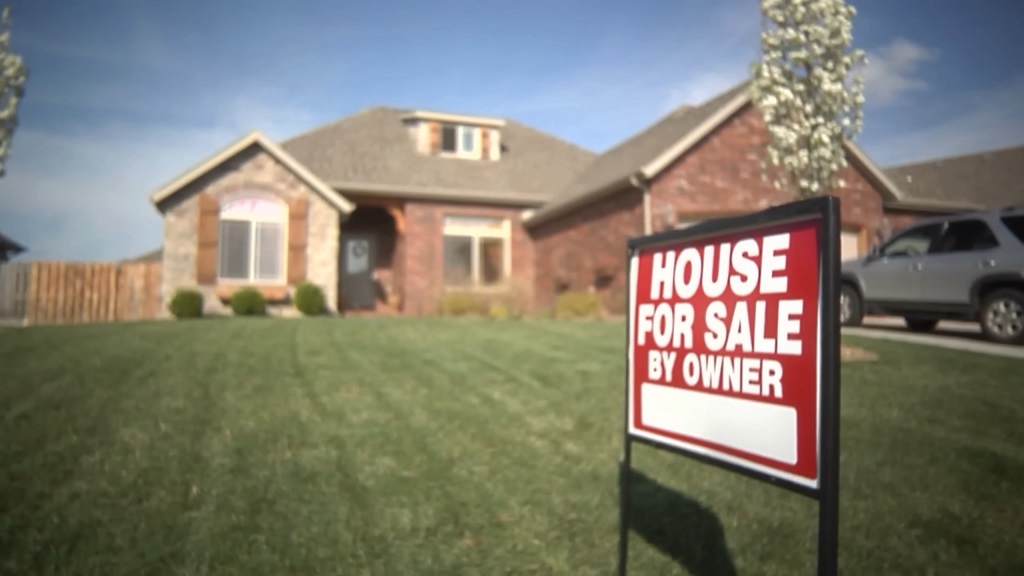
Price performance in 2026 will vary widely across Texas metros.
Austin and Dallas-Fort Worth continue to face pressures caused by oversupply and stretched affordability, creating conditions for further softening.
Houston demonstrates stronger fundamentals with steady employment, population inflows, and more balanced supply-demand dynamics.
Smaller towns along Midwest-adjacent corridors may achieve modest growth, benefiting from lower cost bases and stronger rental interest.
Analysts tracking national performance expect home values to increase between 2% and 3.5%. Texas is unlikely to match this pace, mainly because of higher inventory levels and affordability headwinds.
Buyers in many parts of the state will find conditions more favorable than in previous cycles, yet sellers may experience longer waits and smaller gains.
Price expectations across Texas:
- Austin: continued softening in 2026
- Dallas-Fort Worth: additional downward pressure
- Houston: potential stabilization or small increases
- Midwest-adjacent towns: moderate resilience and growth
Inventory Trends
Builders show clear signs of slowing their pace.
Single-family permits already point toward reduced activity, reflecting a cautious approach amid lower demand.
New construction is projected to decelerate even further in the second half of 2026, as developers avoid overextending in markets weighed down by high inventory.
Existing homeowners locked into historically low mortgage rates remain reluctant to sell, intensifying the lock-in effect.
Many prefer to hold onto properties rather than trade into a higher-rate environment, limiting resale inventory even as demand fluctuates.
The combination of slower building and limited resale listings creates a complex balance: plenty of supply in some markets, but scarcity in others where homeowners hesitate to move.
Key inventory dynamics:
- Builders are reducing single-family permits
- New construction is slowing in late 2026
- Lock-in effect keeps resale listings constrained
- Supply is uneven across metros, with oversupply in some areas and scarcity in others
Affordability Challenges

Income growth continues to lag behind the pace of housing costs.
Renting remains the more practical choice for many households, particularly in metros such as Austin and San Antonio.
Long-term leasing gains appeal for households unable to bridge the gap between wages and ownership costs.
Affordability pressures are set to remain one of the strongest barriers to entry in the coming year.
Affordability factors:
- Wage growth trailing housing cost increases
- Rent vs. buy tipping toward renting
- Austin and San Antonio hardest hit
The Bottom Line
Texas housing markets are shifting away from the extreme seller-driven momentum of previous years.
A more balanced or even buyer-leaning structure is developing as inventory expands and affordability issues persist.
While 2026 is unlikely to bring sudden collapses, momentum will remain subdued due to high rates and income-to-price imbalances.
Successful investors and homebuyers will need to target specific regions, time their entries carefully, and prioritize strategies that align with the market’s evolving structure over the next 12 to 18 months.
Related Posts:
- Top 5 Cities in Texas Poised for Housing Market…
- Fort Worth Real Estate Insights 2025: Price Trends…
- Austin vs. Denver - Which City Has Better Long-Term…
- Biggest Livestock Shows and Competitions in Texas 2025
- Corey Seager Net Worth in 2025 - Contracts, Cars,…
- Meow Wolf Summer Concert Series 2025 - Full Lineup,…


